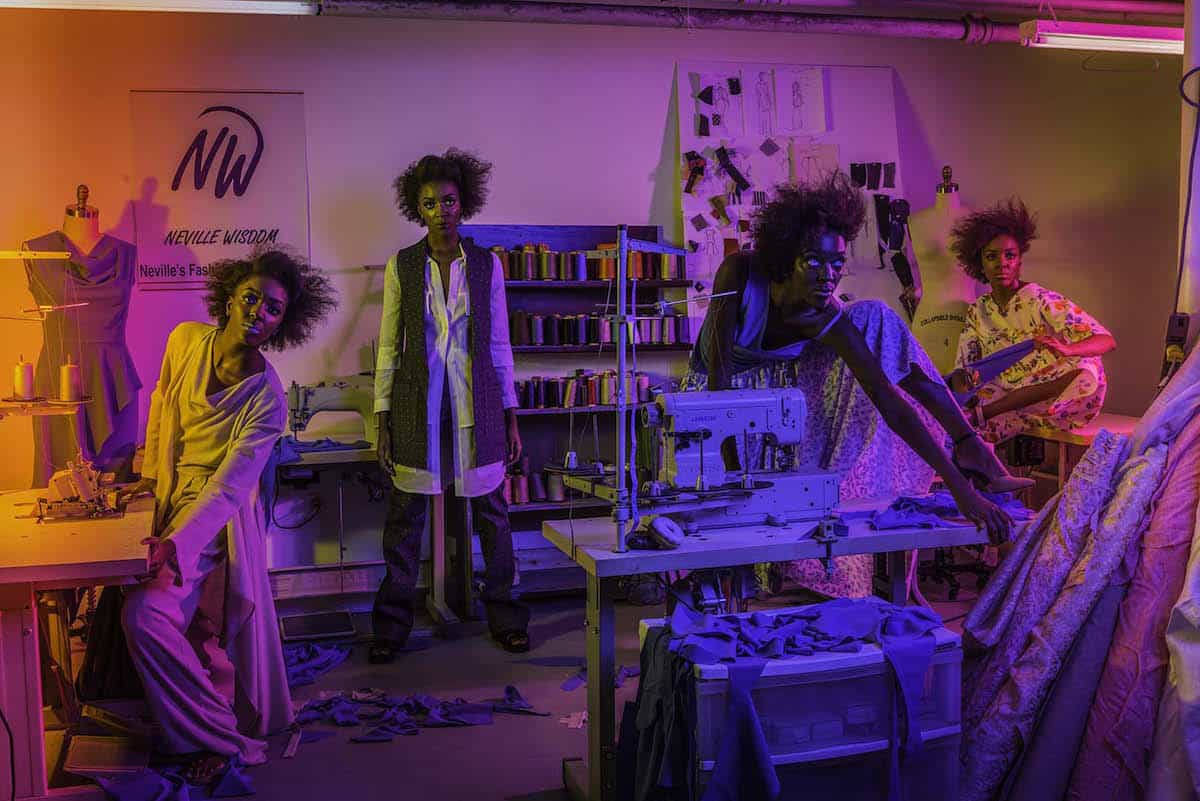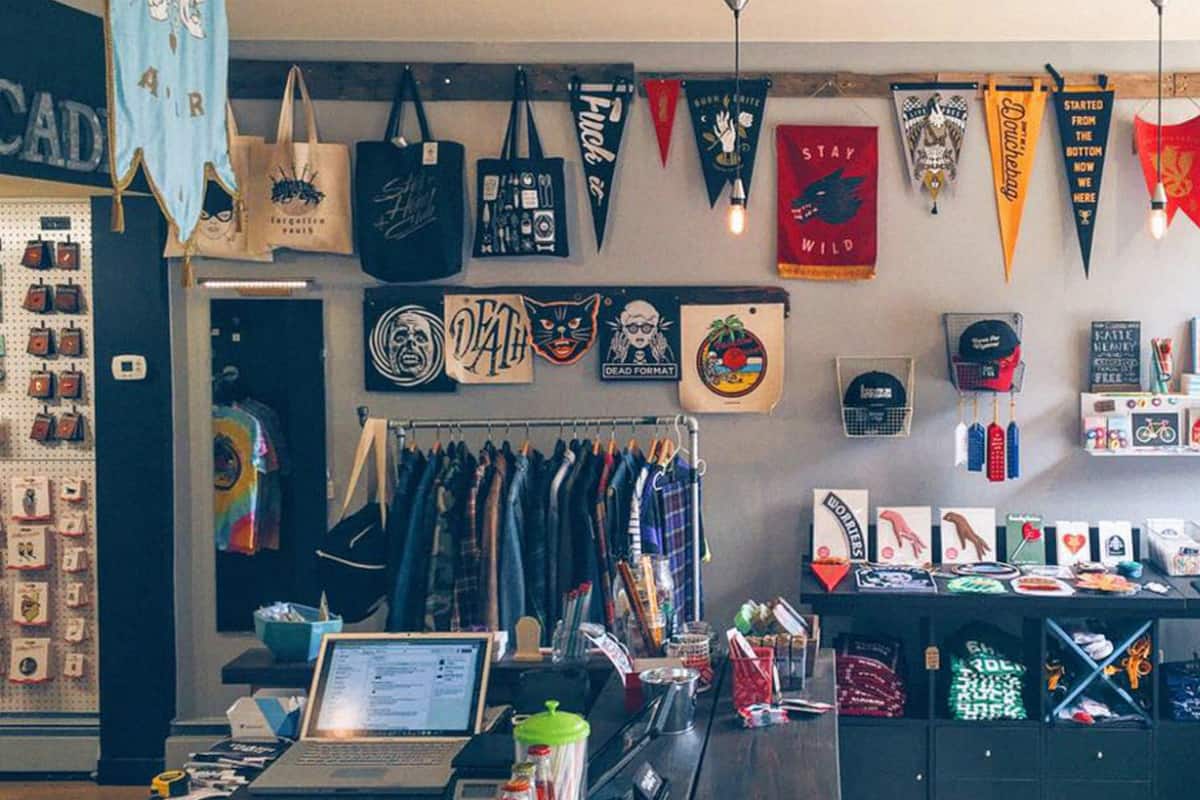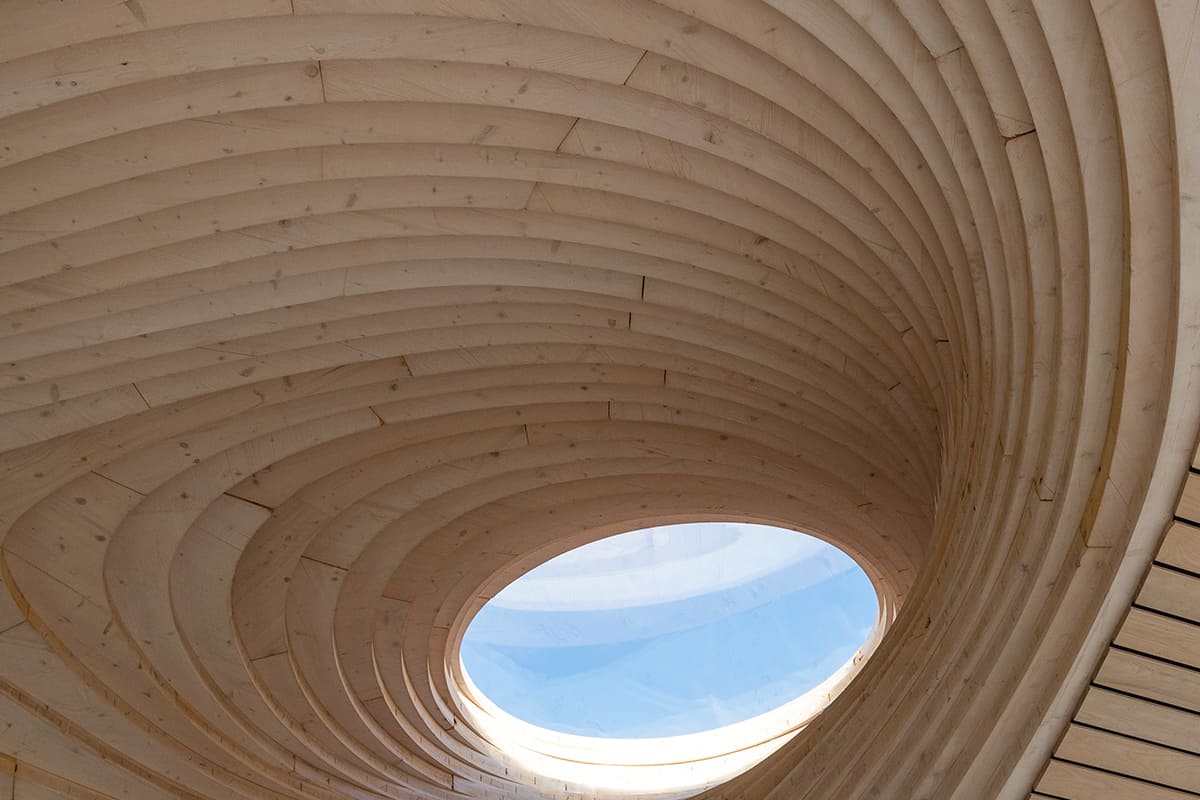Neville Wisdom’s success is built on a signature style of architectural—“little bit more constructed”—designs.
This article originally ran in our April/May 2016 print issue.
The fickle haute monde of the fashion industry, where “one day you’re in and the next day you’re out,” as Heidi Klum famously warns on Project Runway, may tailor fame and fortune for anointed designers willing to edit their aesthetic to win and retain the idolization of tastemakers.
That arc of ambition doesn’t interest Neville Wisdom, the self-taught designer from Jamaica who can pull off dressing up his dreadlocks and a T-shirt with a tweed jacket that is rendered exuberant through an unexpected cascade of playful pockets.
Wisdom’s success as a womenswear designer with two spacious showrooms/retail stores in New Haven, Connecticut, is built on a signature style of architectural—”little bit more constructed,” as Wisdom puts it— dresses, skirts, sweaters, tops, coats, and more that are “classic with a bit of an edge.” That funky edge might mean turning up the volume with color, embracing bold patterns, or adding unexpected flourishes.
Making Neville Wisdom’s Fashion Design Studio work as a business model involves essentially delivering bespoke garments at wholesale prices by selling the clothing directly to customers, while also offering women a personal shopping experience that results in a perfect fit through complimentary custom alterations.
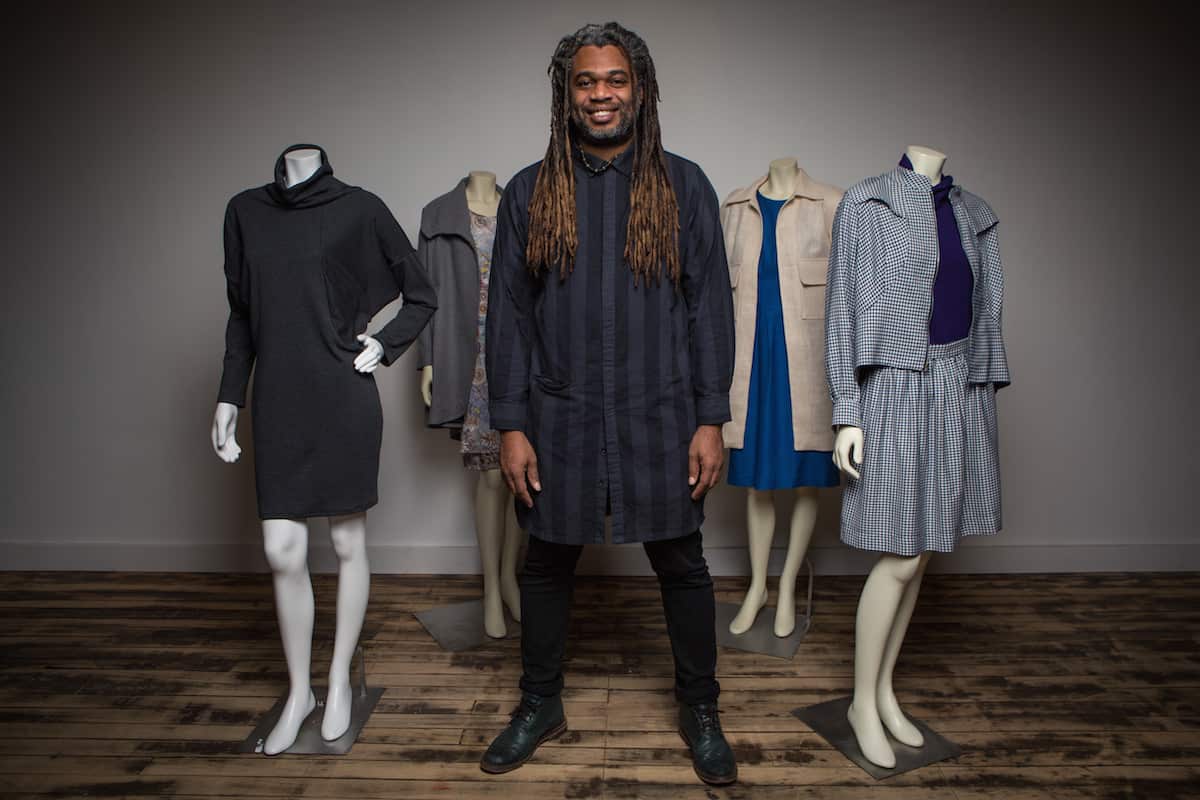
Neville Wisdom with pieces from his collection.
“We’re not trying to chase millions,” Wisdom says of his business and creative ethos. “We love what we do, and we love how people feel when they wear our clothes.” Where did his inspiration come from?
“I watched a lot of old movies, even as a kid,” Wisdom has said about the origins of his love for the vintage classicism in his designs. In his teens, he became serious about fashion and launched his first design shop in Jamaica while in his early twenties.
Jamaica didn’t seem like fertile ground for a fashion designer, at least compared to the United States, so Wisdom emigrated to Connecticut, where he transitioned into a position as a surgical technician at Yale- New Haven Hospital for seven years.
Design remained his primary aspiration, however, and when Wisdom made the leap of faith to open his first atelier and retail shop four years ago in the Elm City’s Ninth Square district, he gambled that New Haven’s status as an arts and culture hub—anchored by Yale University—would provide a steady stream of discerning clients.hat faith paid off, with the flagship location on Orange Street spawning a second, larger location in the hip Westville section of the city, home to antiques shops, galleries, cafés, and specialty shops. Launched a year ago, the new space on Whalley Avenue is nearly 5,000 square feet, with a street level showroom and a basement where the magic happens.
That faith paid off, with the flagship location on Orange Street spawning a second, larger location in the hip Westville section of the city, home to antiques shops, galleries, cafés, and specialty shops. Launched a year ago, the new space on Whalley Avenue is nearly 5,000 square feet, with a street level showroom and a basement where the magic happens.
The expansion was made possible in part from a Small Business Express Program grant from the Connecticut Department of Economic and Community Development, which matches between $20,000 and $100,000 in funds that a venture can show on its books.
In addition to allowing Wisdom to add a few jobs, the grant paid for equipment that has enabled digitization of the design and manufacturing process, the centerpiece of which is a massive Autometrix Advantage fabric-cutting table.
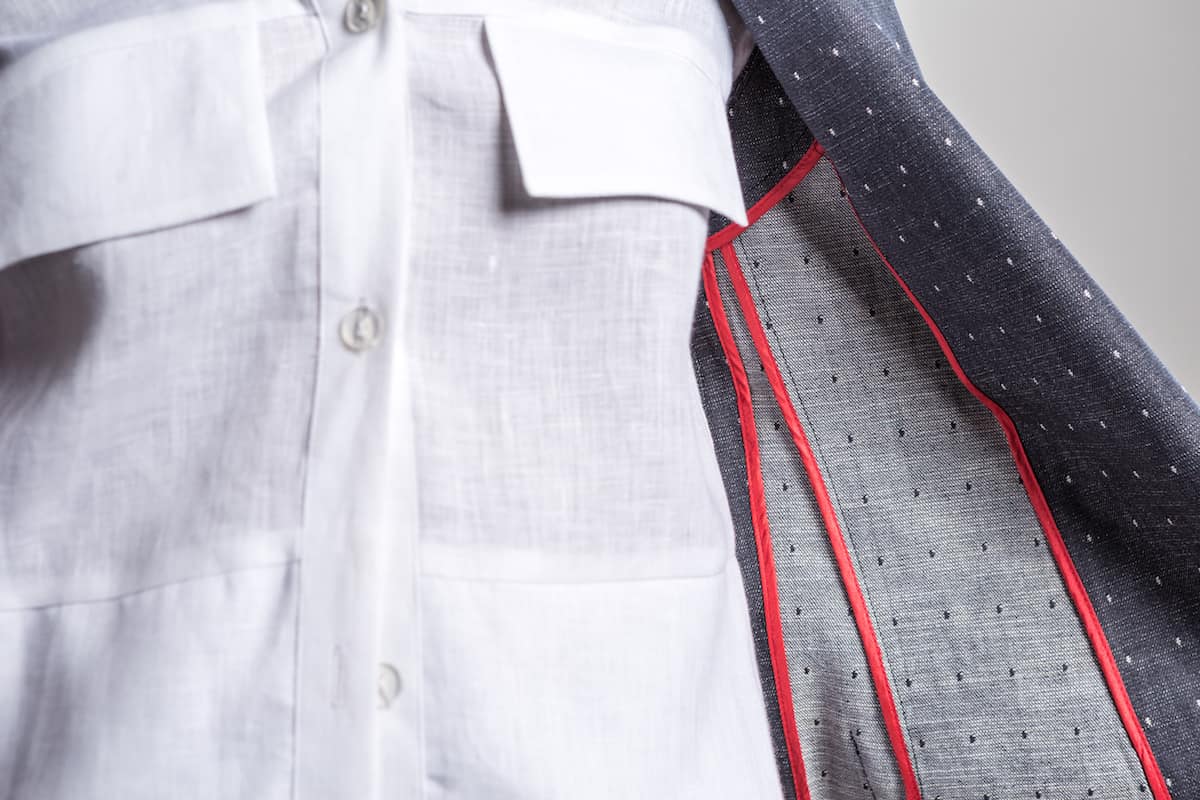
Detail of Neville Wisdom coat
“Once I’m satisfied with the pattern I digitize it,” says Wisdom. “All of our patterns become digital patterns.” The process has streamlined the number of sample patterns it takes to get to the final one, and has greatly reduced the amount of waste. When the final design is set, each piece of clothing is constructed by one individual.
Rather than designing fabrics and contracting to have them produced, Wisdom prefers to buy existing fabric of great quality. With it he produces between four and 14 pieces of any one design—usually around 12—and keeps the leftover fabric in case someone wants something custom-made. And now he has to make two sets of each design, one for each showroom.
The new spring line makes its debut in a runway show in early April. “Every year the building changes,” says Wisdom, who plans to include some menswear in his collection for the first time, and to feature men’s linen shirts and pants in his stores this season. For his womenswear, the designer favors raw silk and will feature a lot of “great cotton” in pieces that are thin and light for summer.
The designer, who previously sold clothing exclusively in his stores, has launched an online shop, making his fashions widely accessible.

